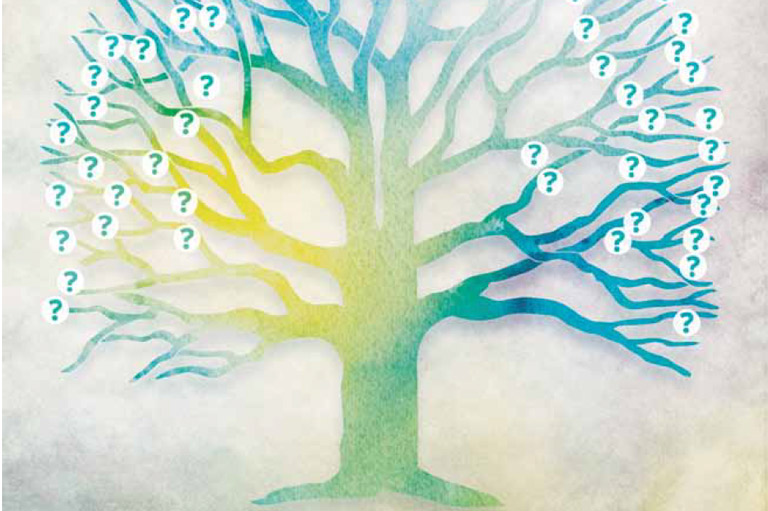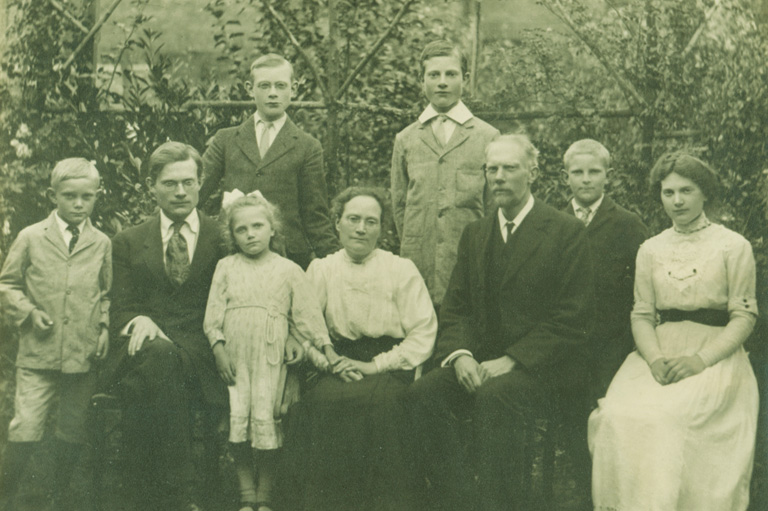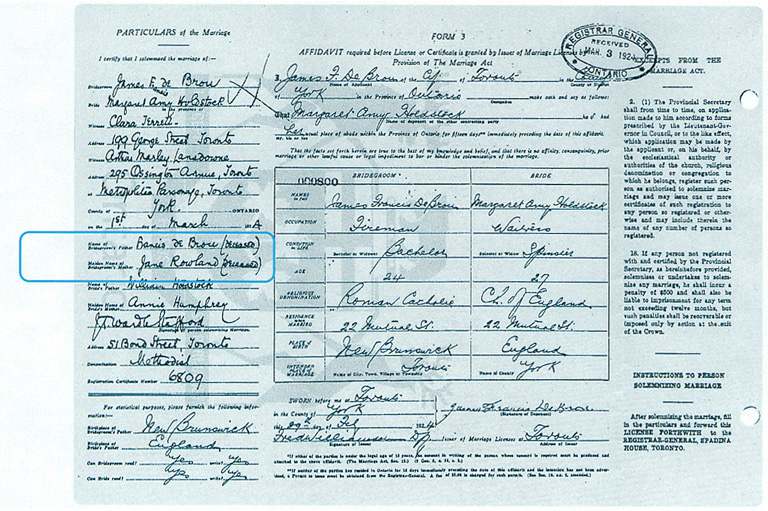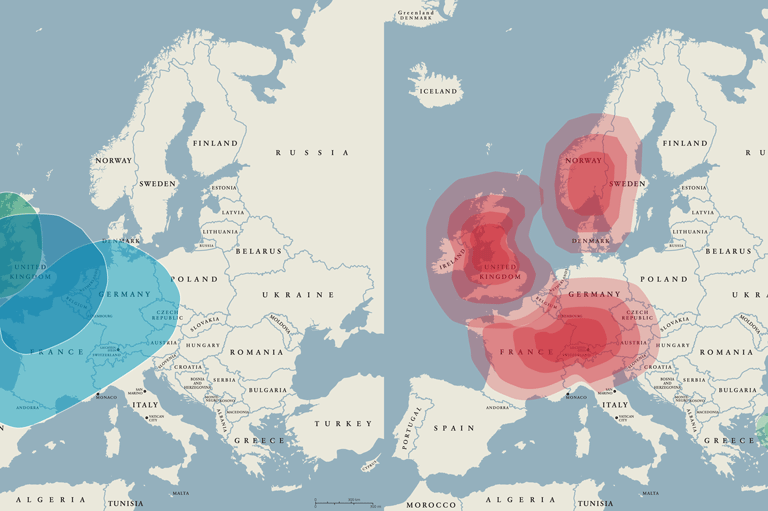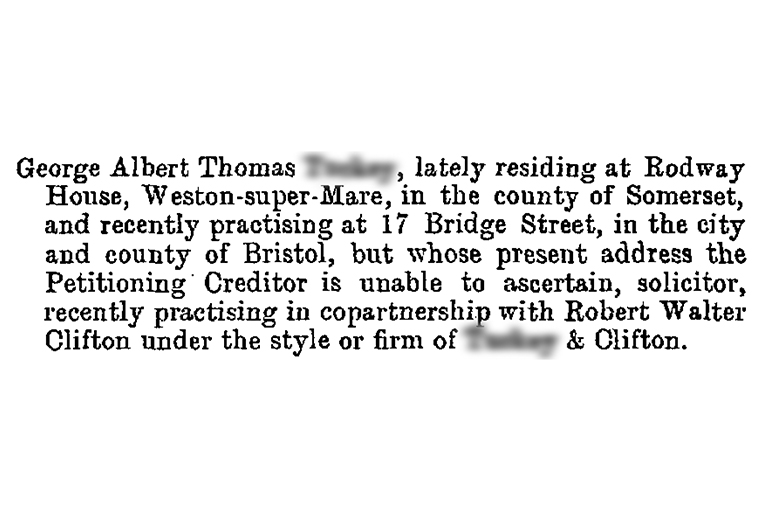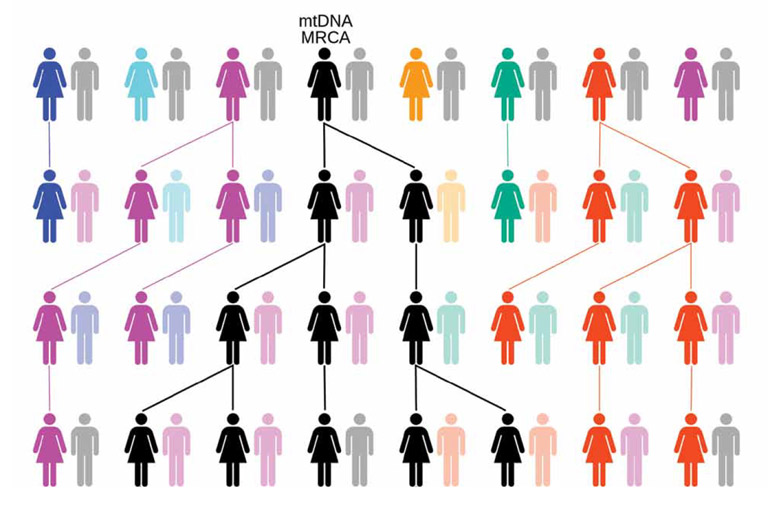Roots: Discovering the Details
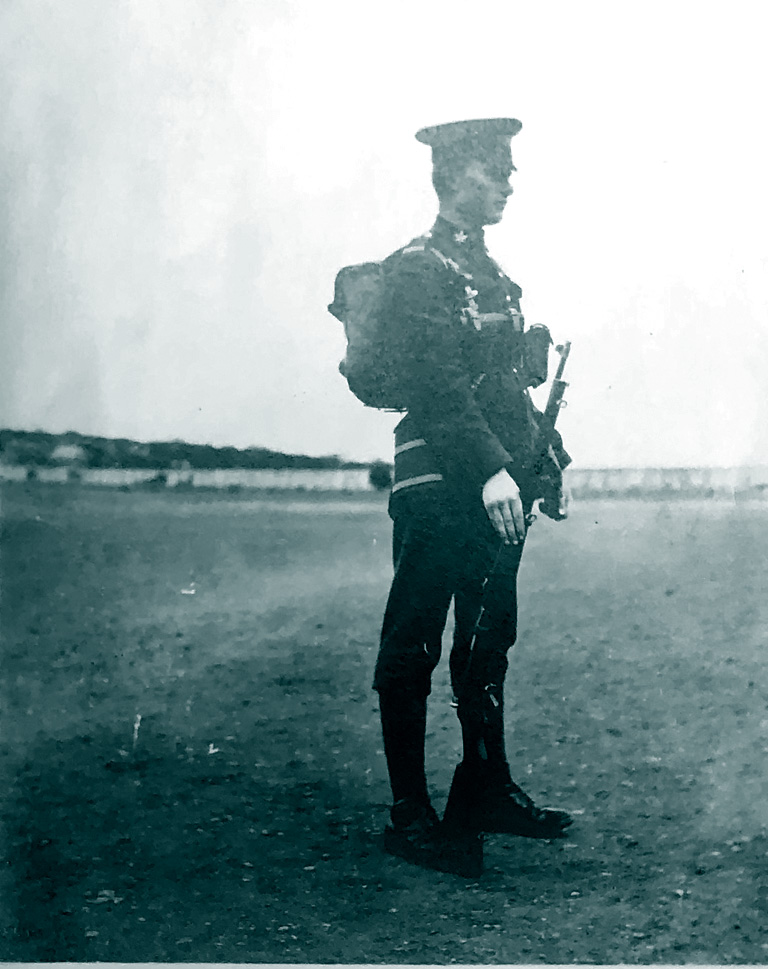
Exactly one week before he was killed in action at Vimy Ridge, France, Frank Maynard expressed optimism about prospects for the Allied campaign, and for himself. In his last known letter to family in Victoria, British Columbia, he wrote: “Looks as if I may be home for Christmas yet.”
Maynard was my wife’s uncle — her father’s older brother. I tell his story not because he was a great warrior; he lasted barely three weeks at the front and was a lowly private. Nor was he noteworthy for his social status; he was the son of missionary parents of humble origins and meagre resources. And he had no great accomplishments apart from school prizes for athletics; he was only a teenager, after all. Indeed, no claim is made here that Frank was more heroic or more deserving of attention than his many trench-mates.
Advertisement
In fact, that’s the point. Even though Maynard was not a prominent person, we know a great deal about him due to the systematic collection and analysis of family memorabilia and military records. If we can evoke a nuanced portrait of him more than one hundred years after his death, it is similarly possible to memorialize many others, perhaps including your Great War forebears. I can assure you that you will value, and may be deeply moved by, the discoveries you make.
Whether Maynard actually believed his bravado about Christmas is hard to gauge. Certainly he supported the Allied cause unreservedly. In December 1915, just four days after becoming eligible to serve on his eighteenth birthday, he enlisted in the newly organized Vancouver Island Timber Wolves, the 103rd Battalion of the Canadian Expeditionary Force.
After arriving in Britain with the Timber Wolves at the end of July 1916, Maynard spent the next several months scheming about how he might undo his “rough luck” and get to France, despite the reluctance of senior commanders to send teenagers to the front.
Having failed to win entry into his brother’s unit, the signallers, Maynard undertook training for the bombing section. It was comprised of small teams of fighters who entered enemy trenches at night, tossing grenade-like bombs and engaging in hand-to-hand combat.
Not surprisingly, they were also known as the “Suicide Club,” a fact Maynard reported almost offhandedly in a letter: “Of course it will be pretty dangerous work…, but it is very interesting.” His intellectual fascination with his work must have offered cold comfort to his parents.
Maynard did eventually get to practise his Suicide Club skills. He reached France just before Christmas 1916, having been reassigned to the 2nd Canadian Mounted Rifle Battalion (2nd CMR). After much shuffling about, he made his way to the front late in March 1917, and, in a letter to his mother, he described an encounter with the enemy:
“I have been in a real scrap for the first time. We made a bombing raid on Fritz’s trenches & … inflicted a great many casualties on him & retired to our own trenches without any difficulty.” This raid appears to correspond to one reported in the 2nd CMR War Diary for the wee hours of March 31, 1917.
The 2nd CMR War Diary also gives a clue as to how Maynard may have died. On Easter Monday the Canadian Corps had famously and efficiently achieved the goals set for it in the attack on Vimy Ridge. The next day, Tuesday, April 10, 1917, was largely given over to consolidating gains, with only one incident explicitly recorded as resulting in casualties.
During a heavy snowstorm at 4:00 p.m., the diary reports, “strong patrols were sent out [and] severe casualties resulted from rifle and machine gun fire.” The war diary expresses some pride that, notwithstanding heavy enemy fire, both killed and wounded were brought in.
This solicitousness for casualties may explain why Maynard was never an unknown soldier. His body is interred at the meticulously maintained La Chaudiere Military Cemetery near Vimy, where 154 Canadians were buried.
The Maynard family is fortunate that someone from an earlier generation took pains to collect and to transcribe Frank’s letters home. Yet something similar probably happened in many families, along with the safeguarding of photo albums and the family Bible.
The key for the researcher is to find the branch of the family that inherited the memorabilia. Ask around and, if necessary, track down “lost” branches of the family. Someone probably has these treasures, and these days it’s a simple matter to make high-quality copies once they’re located.
The first place to look for digitized CEF records is Library and Archives Canada (LAC), which offers online access to personnel files of individual soldiers (and nursing sisters) and the war diaries of operational units such as battalions.
The personnel file includes the attestation paper and all manner of documents relating to an individual’s medical history, pay, allowances, honours, promotions, and transfers. The war diaries are unlikely to mention individuals by name, but, as in Maynard’s case, the detailed accounts of daily operations may give clues about a soldier’s activities on a given date.
If the person you are researching died in service, bear in mind that the Commonwealth War Graves Commission provides a searchable database of the final resting places of those whose remains have been identified.
A column like this cannot provide a thorough guide to researching military records. Read the First World War pages at LAC’s website for an overview. Follow promising online links at Cyndi’s List. And look for printed guides to military records by authorities such as Simon Fowler and William Spencer in the United Kingdom and Kenneth G. Cox and Glenn Wright in Canada, always checking whether the record classes being discussed have been digitized in the interim.
I’ll let Frank have the final word as to how life in the trenches changed him in one respect, with two excerpts from letters to his parents. The first was sent from England on October 22, 1916: “I am thoroughly disgusted with the ‘Prohibition Act.’ … Why on earth couldn’t they have absolutely forbidden the manufacture of whiskey etc.”
The second was sent from France on March 26, 1917: “I know you won’t like the idea of me drinking rum, but I can tell you it is the one thing that keeps us well, & in fact I don’t know what we would do without it.”
With 7 uniquely curated newsletters to choose from, we have something for everyone.
Themes associated with this article
Advertisement
You might also like...

Canada’s History Archive, featuring The Beaver, is now available for your browsing and searching pleasure!



